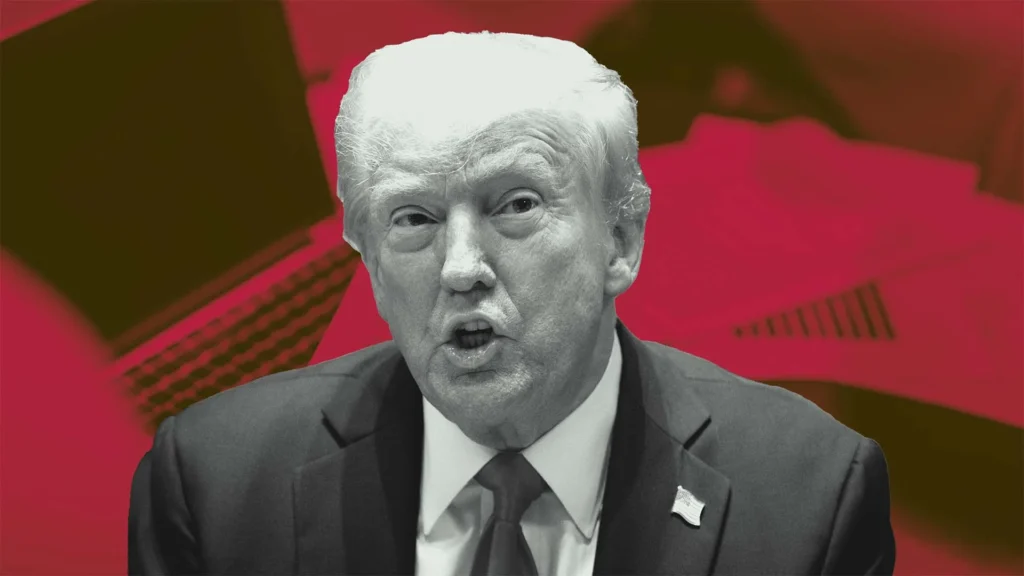Imagine a world where a small business owner is not tangled up in endless paperwork. That’s exactly the situation now, thanks to a recent twist concerning the Corporate Transparency Act (CTA). This news may sound like sweet relief to many, but the journey here was filled with hurdles and heated debates.
Recently, the U.S. Treasury decided to halt the enforcement of the CTA to the delight of many small business owners. This move marks a significant change in the landscape of anti-money laundering regulations in the United States, sparking discussions across the nation.
The Corporate Transparency Act: A Recap
Designed to thwart shady business practices, the CTA required about 34 million businesses to disclose owners’ details. The idea was to deter illegal activities hidden within shell companies. However, enforcing this has been anything but straightforward.
Initially introduced under Biden’s rule, the CTA has faced multiple delays, leaving many businesses in a state of uncertainty. Small business owners have been juggling compliance requirements amidst changing deadlines, unsure of when the rule would actually take effect.
Trump’s Critique on CTA Reporting
Former President Donald Trump didn’t mince words about the CTA. On Truth Social, he dubbed the required paperwork as an ‘economic menace’ and celebrated the Treasury’s decision to suspend enforcement.
Trump expressed his relief and vigorously criticized the Biden administration’s measure. He called the reporting rules a ‘disaster’ for small business owners across the United States.
Critics have argued that the CTA’s reporting process was cumbersome. Imagine having to pause and restart a complex project repeatedly. That’s what it felt like for many struggling to comply.
Implications for Business Owners
The decision to pause CTA enforcement brings some much-needed clarity. Business owners can now breathe a little easier, at least for the time being.
While some experts noted that the actual paperwork might only take minutes to complete, the broader compliance landscape was daunting. This halt provides temporary relief for those who were unsure of how to proceed.
Expert Opinions and Reactions
Despite the paperwork’s seeming simplicity, many experts criticized the law’s execution.
The consistent back-and-forth on implementation dates caused frustration. Business owners were often left in limbo, unsure about compliance.
The Treasury’s move has been a hot topic, with experts weighing in on its potential consequences. Discussions have sparked debates on whether or not this pause will lead to a more focused and effective implementation in the future.
The Role of the Treasury Department
The Treasury has promised a refined approach. Future rules might solely target international companies doing business in the U.S.
This announcement indicates a shift in strategy, aiming to lessen the regulatory burden on domestic small businesses.
However, the agency’s direction remains uncertain until new rules are actually formulated.
Business Community’s Response
Small business advocates largely praised the pause in enforcement. They highlighted the many challenges that the CTA posed.
The ongoing changes, however, have left some wondering about the future. Will this pause lead to more stable regulations in the long run?
Business owners hope future rules bring clear guidelines. After all, clarity is crucial for planning and operations.
What Lies Ahead for the CTA
With enforcement on hold, the CTA’s future rules remain uncertain. Many eagerly await details on the refined regulations promised by the Treasury.
For now, businesses can focus on their growth without the immediate worry of compliance.
The current pause provides a breather, but it also challenges regulators to establish more effective measures. As the situation evolves, companies remain vigilant, hoping for rules that ensure fairness and transparency without stifling business.
Conclusion: A Temporary Relief
This pause in CTA enforcement offers a moment of reprieve for small businesses caught in regulatory hurdles.
With the future of beneficial ownership reporting still undecided, companies must stay alert and adaptable.
Long-Term Implications and Expectations
Regulators now have the opportunity to reflect on the CTA’s effects. How can they create frameworks that foster compliance without unnecessary burdens?
The business community looks to policymakers for solutions that provide clear, streamlined guidelines.
Ultimately, the goal is to establish rules that protect against illicit activity while supporting business growth and innovation.
For now, small businesses celebrate the break from CTA pressures. The path forward is uncertain, but there’s hope for better regulations.
The evolving story of CTA enforcement offers a glimpse into the ongoing struggle between regulation and entrepreneurship.





